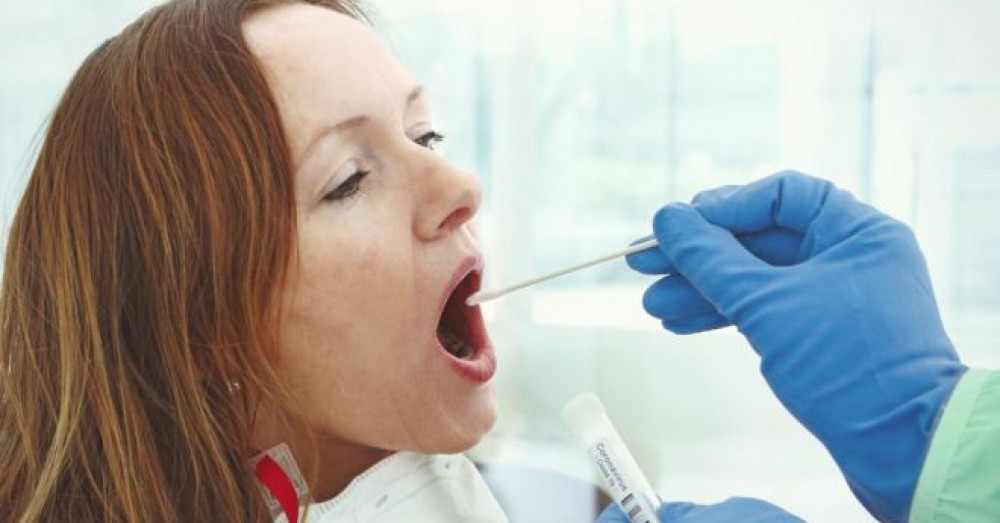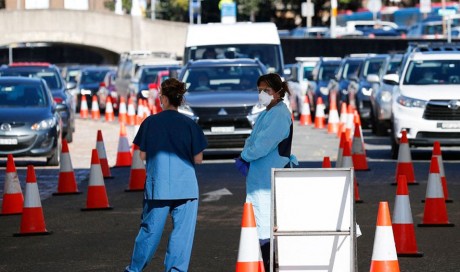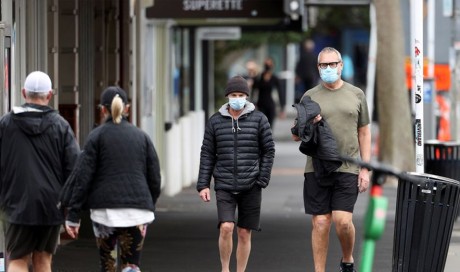Coronavirus tests are to be carried out on more people in the government's monitoring programme to get a better idea of the spread of the virus.
The Office for National Statistics' Infection Survey will test 150,000 people a fortnight in England by October, up from 28,000 now.
The survey is separate from the mass testing programme of people with symptoms to diagnose cases.
For the survey, a representative sample of the general population is tested.
That means it can provide estimates for the true spread of the virus.
The diagnostic testing programme, which provides daily totals, largely relies on people with symptoms coming forward.
Some people do not display symptoms when they are infected so the daily totals are an underestimate of the amount of infection that is around.
As part of the expansion of the programme, data will also be gathered in Wales, Northern Ireland and Scotland.
Health Secretary Matt Hancock said the survey was the "single most important tool" the government had for making policy decisions around coronavirus because it helped it understand how the disease was spreading.
Speaking on BBC Breakfast, Mr Hancock said expanding the ONS survey would allow the government to be "more accurate and more localised" in its response.
He added that it would help the government with its "biggest challenge", which was finding people who were asymptomatic but could still pass the virus on.
It tests thousands of people in households representative of the population, whether or not they have coronavirus symptoms.
The results help experts estimate the weekly reproduction (R) number and growth rate of the virus - which tells us if new coronavirus infections are rising or shrinking.
The survey also provides important information about the socio-demographic characteristics of the people and households who have Covid-19.
According to last week's results, coronavirus cases across England appear to be levelling off, with an estimated one in 1,900, or 28,300 people currently infected.
The study helps us to understand whether rising numbers of people testing positive is more testing or more virus.
It uses a small sample of people to inform the national picture, like tasting soup with a teaspoonful.
At the moment, spotting just 10 infections a week, it takes a while before it can tell whether a rise is a spike or just blip.
A bigger spoon means it will spot the national and regional trends faster.
That means we're less likely to be caught unawares if the virus comes back with a vengeance in the Autumn.
But it still won't see many infections in a town or small city, so won't become our main local outbreak detector.
Greater detail
At the start of the pilot study, led by the ONS and the University of Oxford in partnership with the Department for Health and Social Care, around 20,000 households were invited to take part, with the aim of achieving data from around 10,000 households.
Since the end of May, additional households have been invited to take part in the survey each week (roughly 5,000 a week), with an additional 15,000 households contacted in July.
By beefing up the numbers participating, the ONS will be able to assess what is going on in much greater detail.
Professor Sir Ian Diamond, the UK's National Statistician, said that the survey would be the biggest of its kind in this country.
"Vigilance is key to containing this pandemic and the extra data on the spread of infections and antibodies at local level will be invaluable to the planning of effective local responses."
Share This Post















